Michael E. Haskew
Without doubt, the fall of France was an unmitigated disaster for the Allied cause. However, for all its failures in command, strategy, and tactics, it could have been much worse. In a prelude to Adolf Hitler‘s “Operation Sea Lion,” 335,000 British and French soldiers were evacuated to safety in England from the embattled French beaches near the town of Dunkirk during the first week of June 1940. Under continuous air attack, a hodgepodge of civilian and naval watercraft performed what came to be termed a “miracle.”
It must be acknowledged that the feat was accomplished with German help. Rather than allow his victorious land forces to push the enemy into the sea, Adolf Hitler halted his panzers so that the Luftwaffe could administer the coup de grâce. The air bombardment failed, and the thousands of troops who escaped the closing noose on the French coast fought against the Nazis another day.
Preparing for the Nazi Invasion of England
Many on both sides of the 22-mile-wide English Channel believed that the next battle would come sooner rather than later—and it would be fought on British soil. Not since William the Conqueror sailed from Normandy and won the Battle of Hastings in 1066 had England been invaded. On June 16, 1940, less than a month after France surrendered, Hitler issued Führer Directive No. 16. It read: “Since England, in spite of her hopeless military situation, shows no signs of being ready to come to an understanding, I have decided to prepare a landing operation against England and, if necessary, to carry it out. The aim of this operation will be to eliminate the English homeland as a base for the prosecution of the war against Germany, and, if necessary, to occupy it.” General Alfred Jodl, chief of staff of the German armed forces, named the plan Operation Sea Lion. The cross-Channel invasion of England was initially scheduled for August 15, just eight weeks later. Operation Sea Lion called for more than 250,000 German troops, 60,000 horses, and nearly 35,000 vehicles to embark from ports in occupied France and Belgium and land in three waves on a 200-mile front from Weymouth in the west to Dover in the east. The capture of London was paramount.
Operation Sea Lion: A Nazi Reign of Terror
A Nazi reign of terror would follow. Members of Parliament, intellectuals, and outspoken enemies of the Reich were to be rounded up by the Gestapo and eventually interned. One major voice of dissent in the German High Command was that of Grand Admiral Erich Raeder, commander of the Kriegsmarine, the German Navy. He recognized that for all its successes during the year-old war, the German military had neither attempted nor trained for a major amphibious assault. Moreover, suitable landing craft simply did not exist. Over 2,000 Rhine River barges, tugs, and other vessels were assembled for the operation and most of these had to be modified with steel and concrete reinforcement and landing ramps.
Contending With the Royal Navy; Göring Over-Promises
For Raeder, the most critical aspect of Operation Sea Lion was not the treacherous English Channel with its unpredictable weather and strong tides. It was not the threat of intervention by the Royal Navy. Vast minefields would be sown on either flank of the landing beaches to hold the British warships at bay. Raeder knew that Sea Lion was doomed unless Germany controlled the skies over the Channel. Once again, Hitler entrusted the direction of the war to an overpromising Hermann Göring. The Luftwaffe chief predicted that his battle-hardened pilots would sweep the Royal Air Force from the sky in a month. Raeder was no doubt relieved. It was his air force counterpart on whose shoulders fell the future of Sea Lion. History records that the Battle of Britain was not fought on the ground, but in the air. Intrepid RAF pilots took a heavy toll in German planes and fliers. Hitler delayed Operation Sea Lion until September, then October. Ultimately, the invasion was scrapped for good. Göring’s Luftwaffe had failed the Führer a second time. By the autumn of 1940, however, Hitler had already turned his gaze eastward. The invasion of the Soviet Union, Operation Barbarossa, would not be postponed. On June 22, 1941, German panzers rolled across the Russian frontier and sealed the fate of the Third Reich. (Read all about these and other audacious plans from the Second World War that never came to pass inside WWII History magazine.)
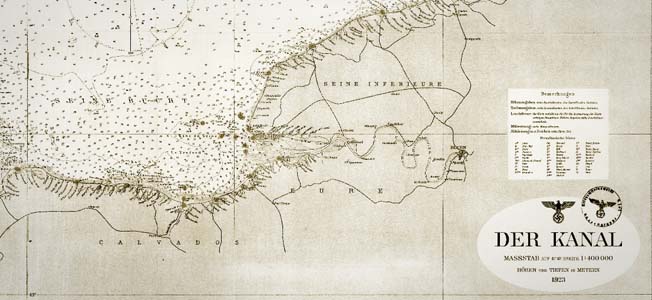

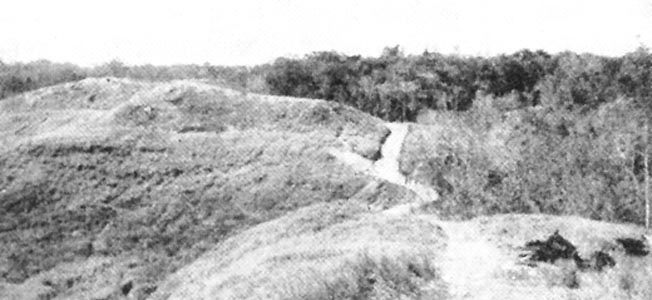

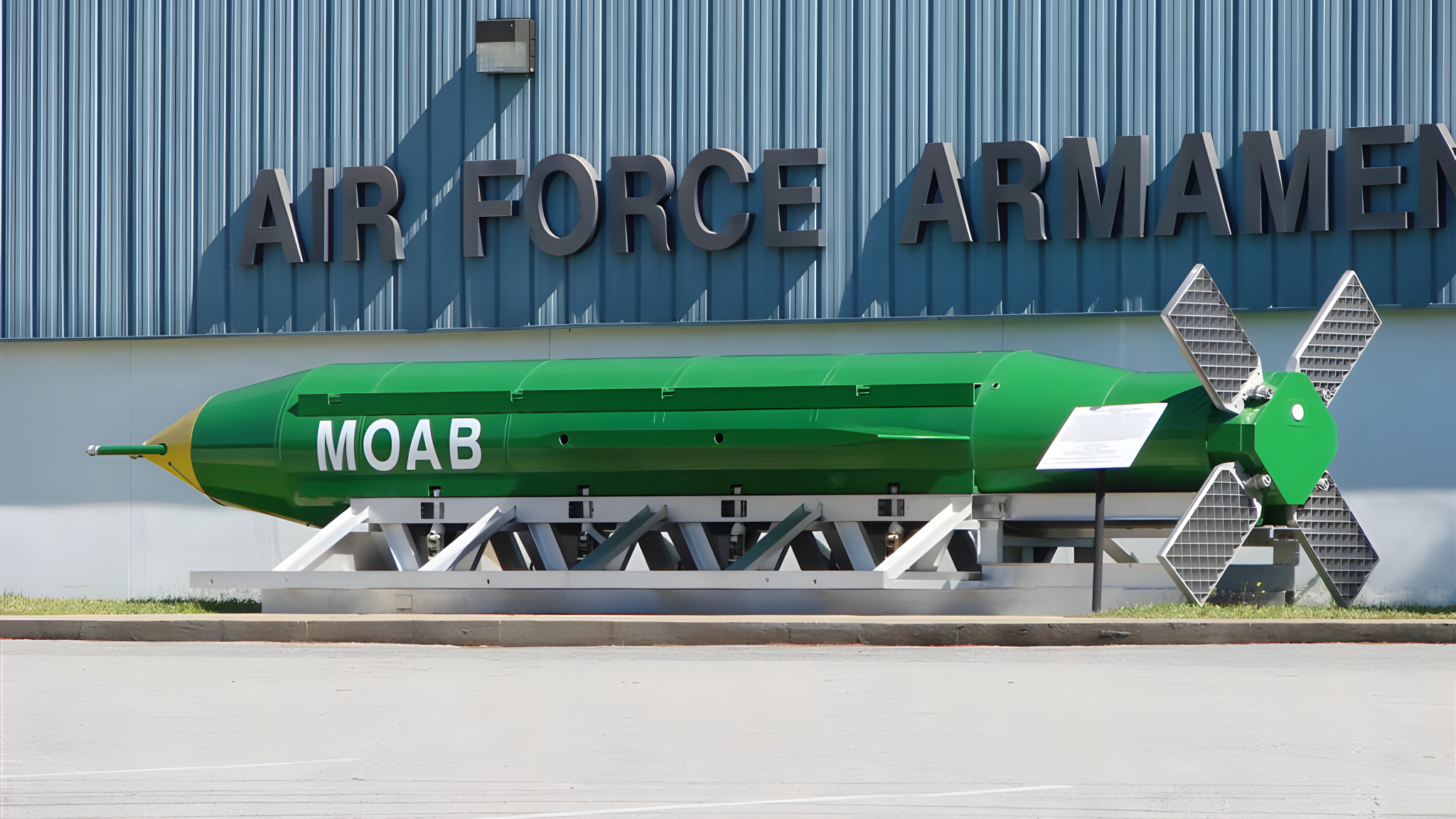
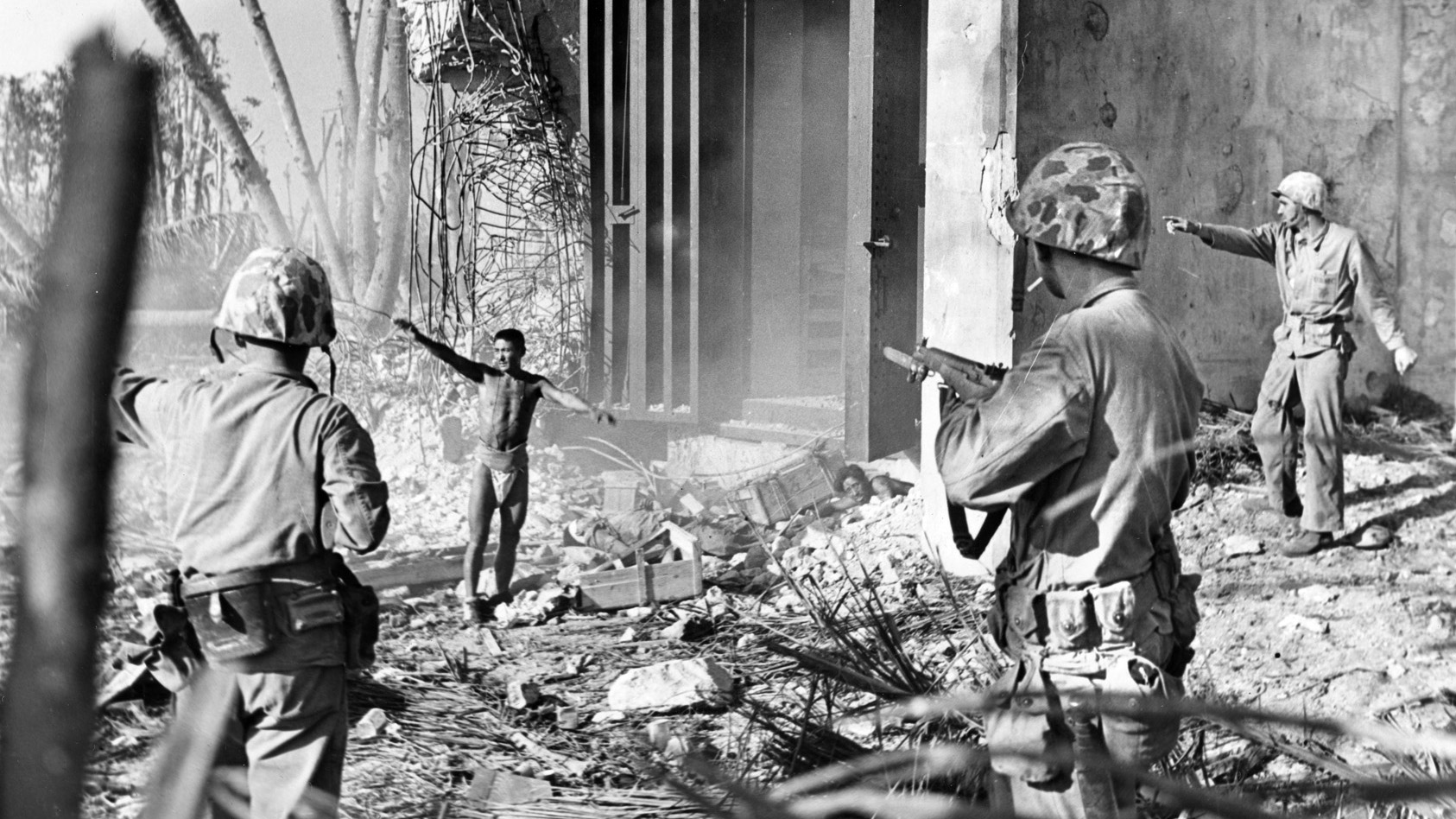


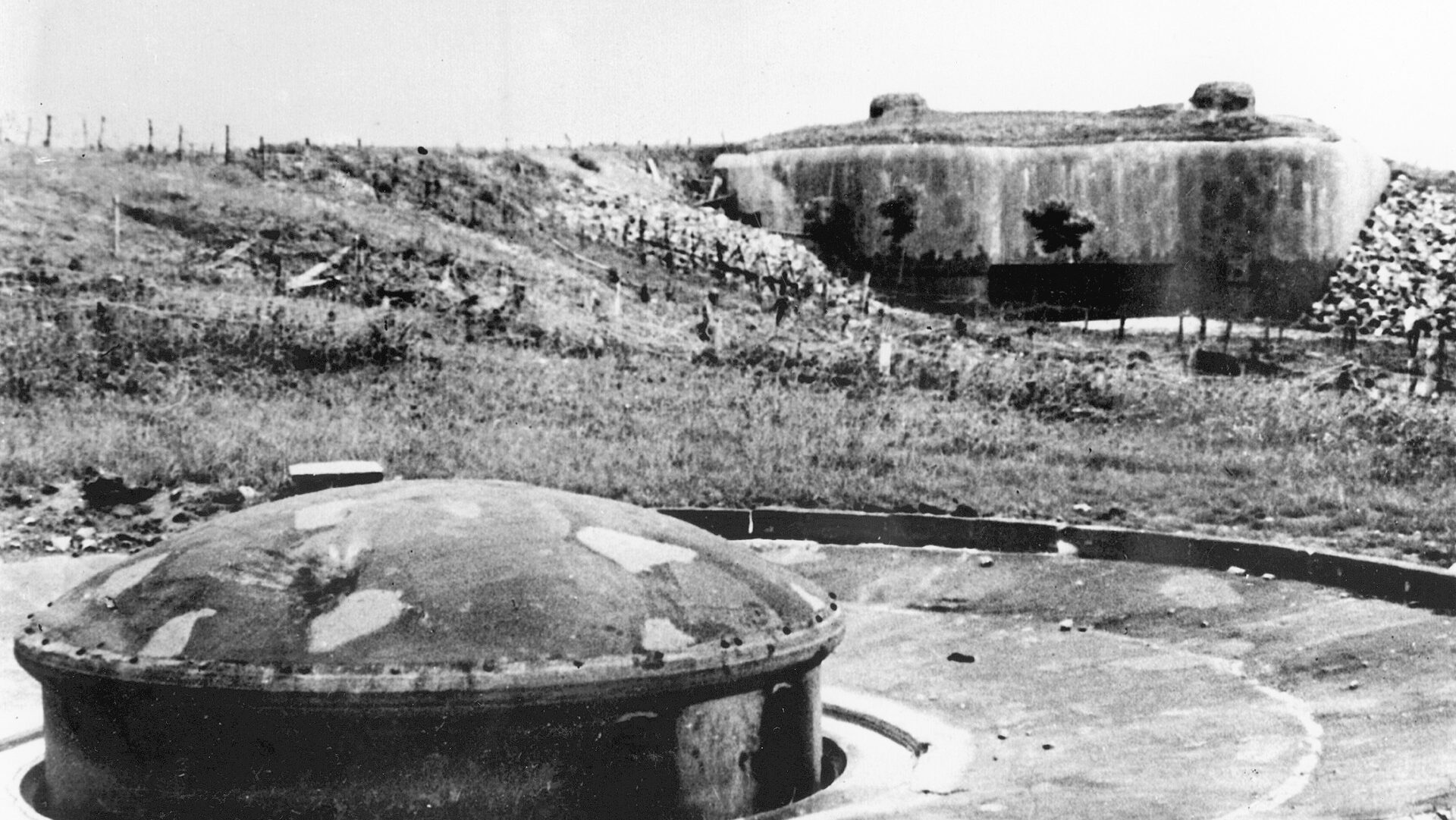
Join The Conversation
Comments
View All Comments